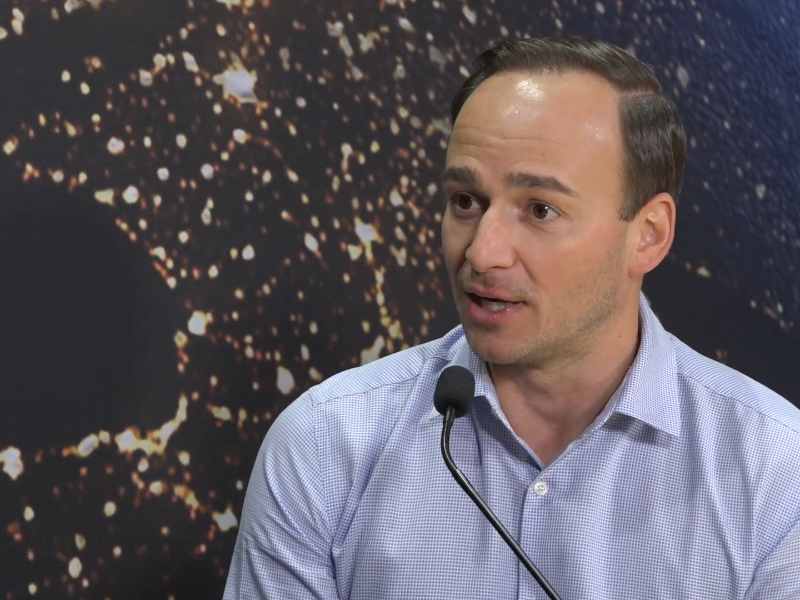Phil Thompson, CEO of UK-based Balance Power, explains how much GWh storage capacity is needed for a resilient and renewable energy system and how to get these much-needed projects off the ground.
Intermittency has long been the bane for grid operators seeking to bring more renewables online. The sun not shining and the wind not blowing has become the classic conundrum when explaining why our energy systems aren’t as clean as they possibly can be: non-renewable backup power is still key.
Energy storage, which can balance supply and demand, can come to the grid’s aid.
However, there isn’t nearly enough connected storage capacity to the grid to ensure a fully green and resilient system, says Thompson during an exclusive interview with Yusuf Latief during Enlit Europe 2022, explaining just how much storage is needed:
“The analysis we’ve looked at internally is that with some reasonable demand pattern changes, 250GWh would be suitable [in Europe and UK]. And without behavioural change and changes in usage patterns that could even go as high as a TWh…At the moment we have less than 2GWh capacity.”
Have you read:
Balance Power adds more capacity to UK’s battery storage pipeline
US solar and storage prices ‘soared’ between 2021 and 2022 – NREL
Whether policy, a lack of financing or the snails-pace red tape and permitting needed to get projects off the ground, barriers have been delaying deployment. “There’s probably 250GW of capacity [and] all types of energy projects, which are wanting to connect…the issue lies in how to connect.”
And to coordinate a turnaround of the situation, the approach that utilities take needs to switch. Thompson states how the very way clean energy projects are planned needs to change:
“The approach that the DNOs (Distribution Network Operators) and the TSOs (Transmission system Operators) need to take is to rip up the rule book on how they model technologies, start again and approach the system in a new way.
“[This needs to be done] in a way to fit as much capacity as possible onto our existing system. The next [step is figuring out] how to build a system that can accommodate all of this capacity.”










